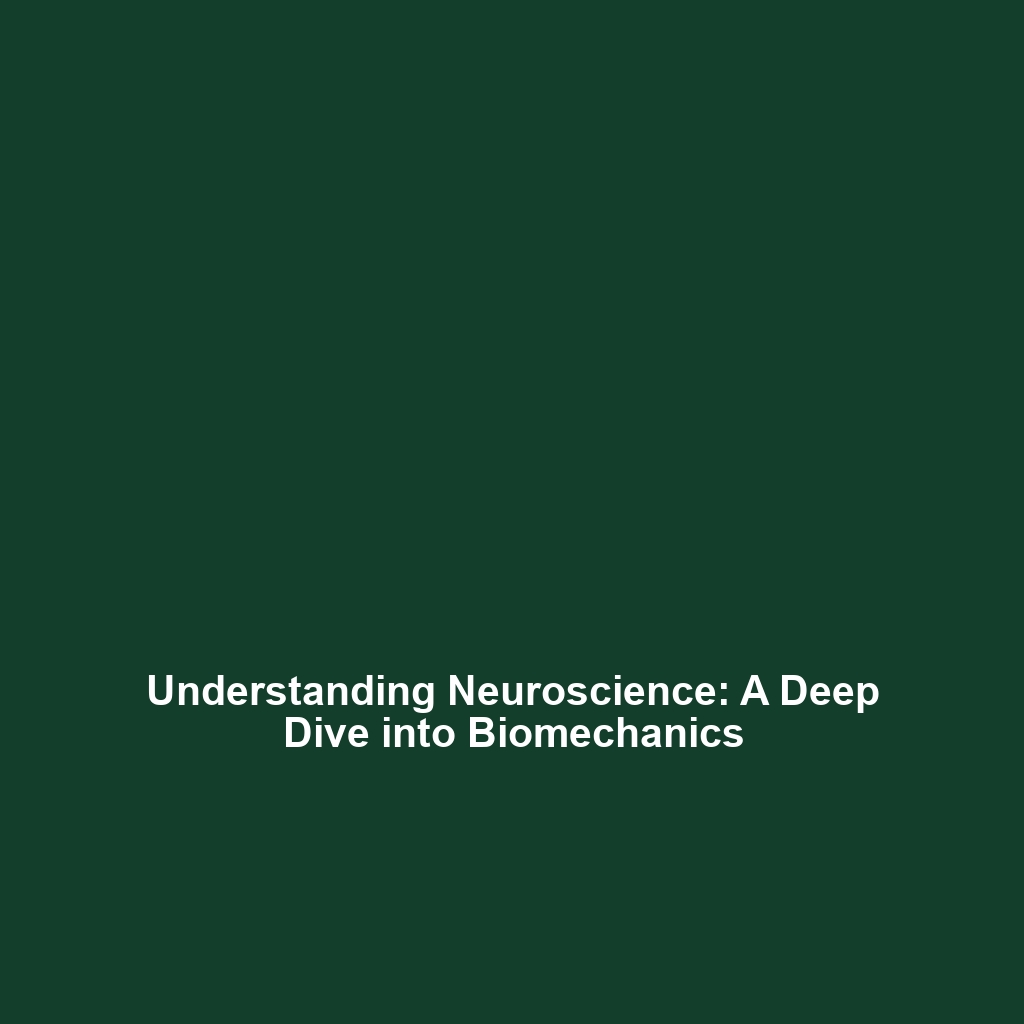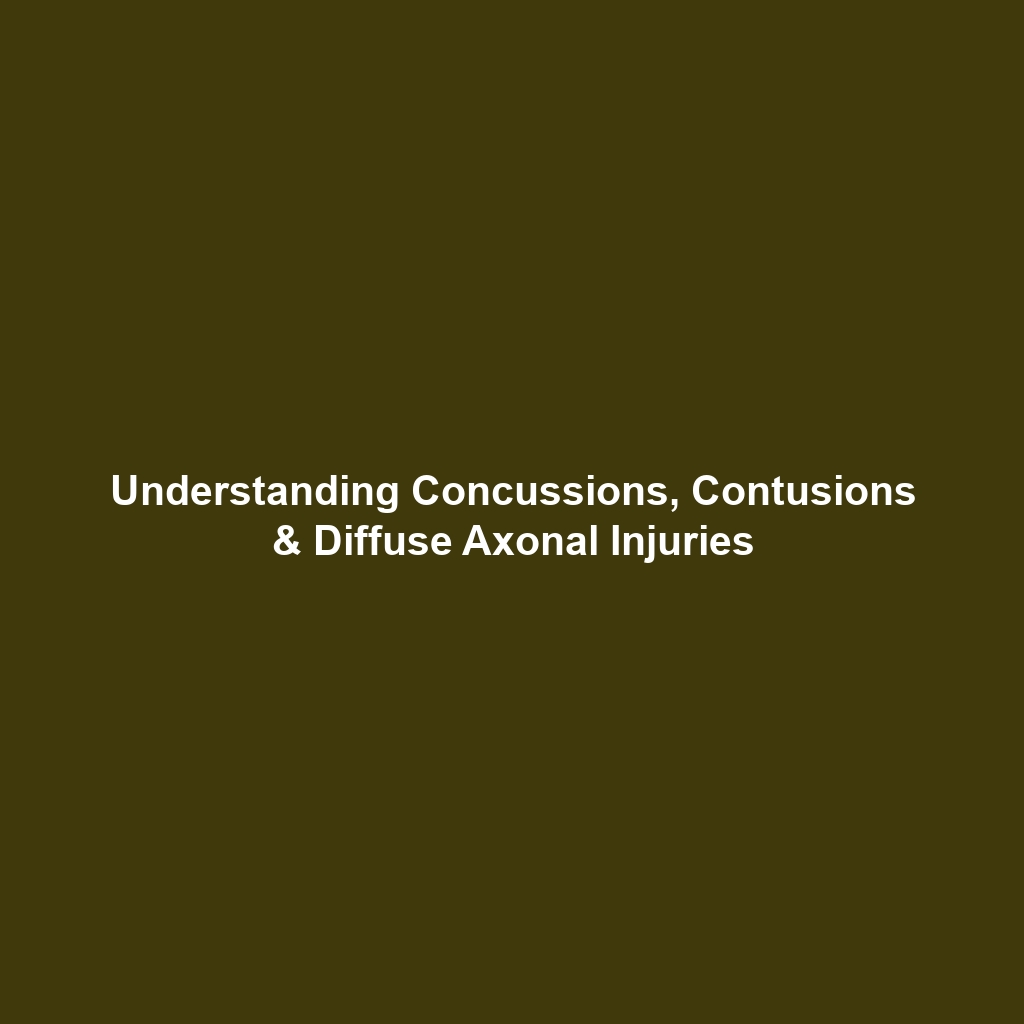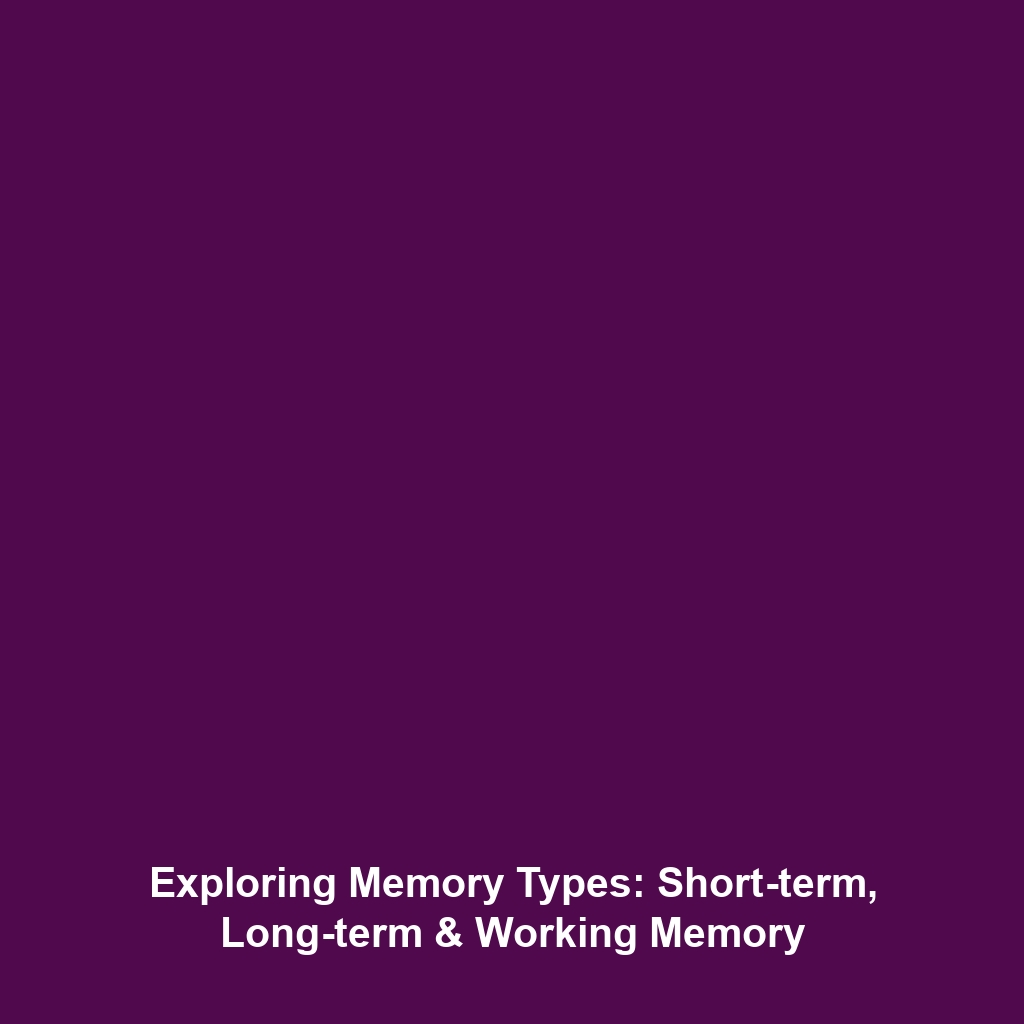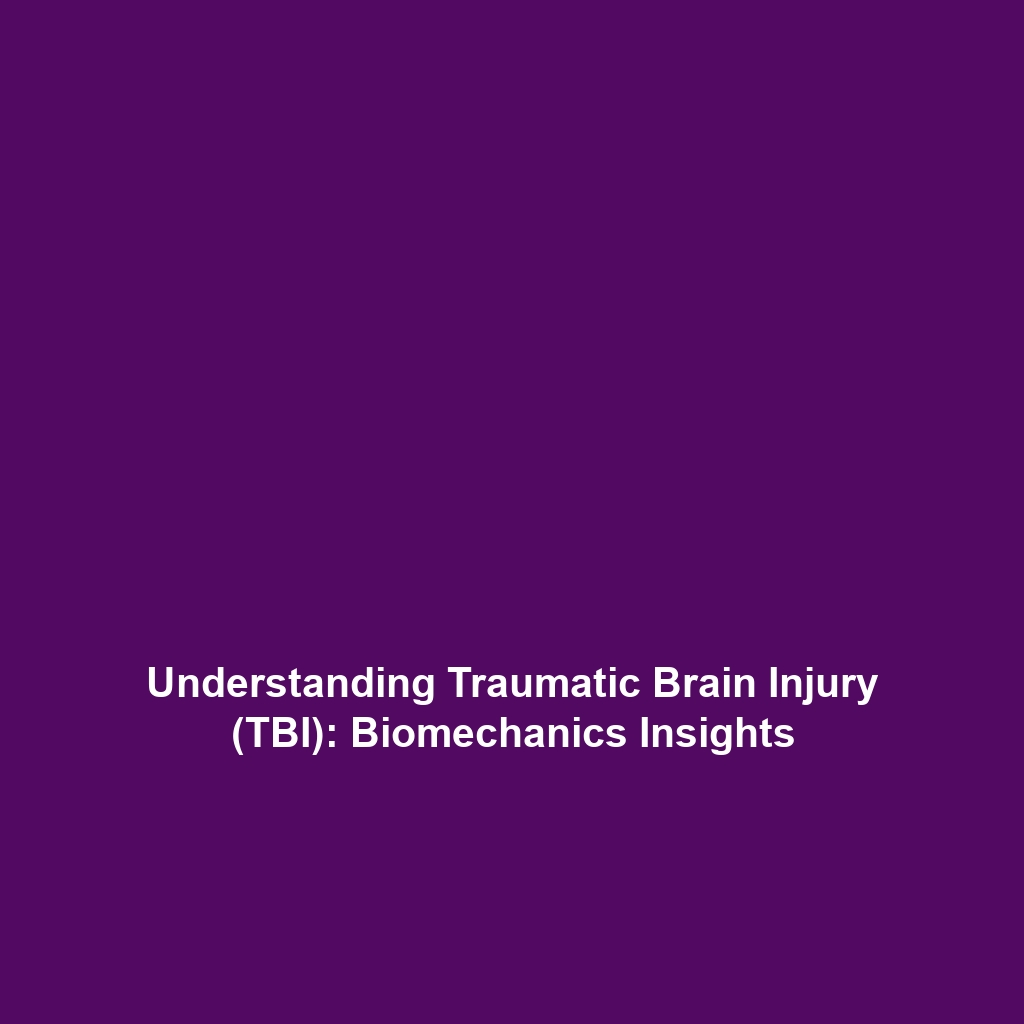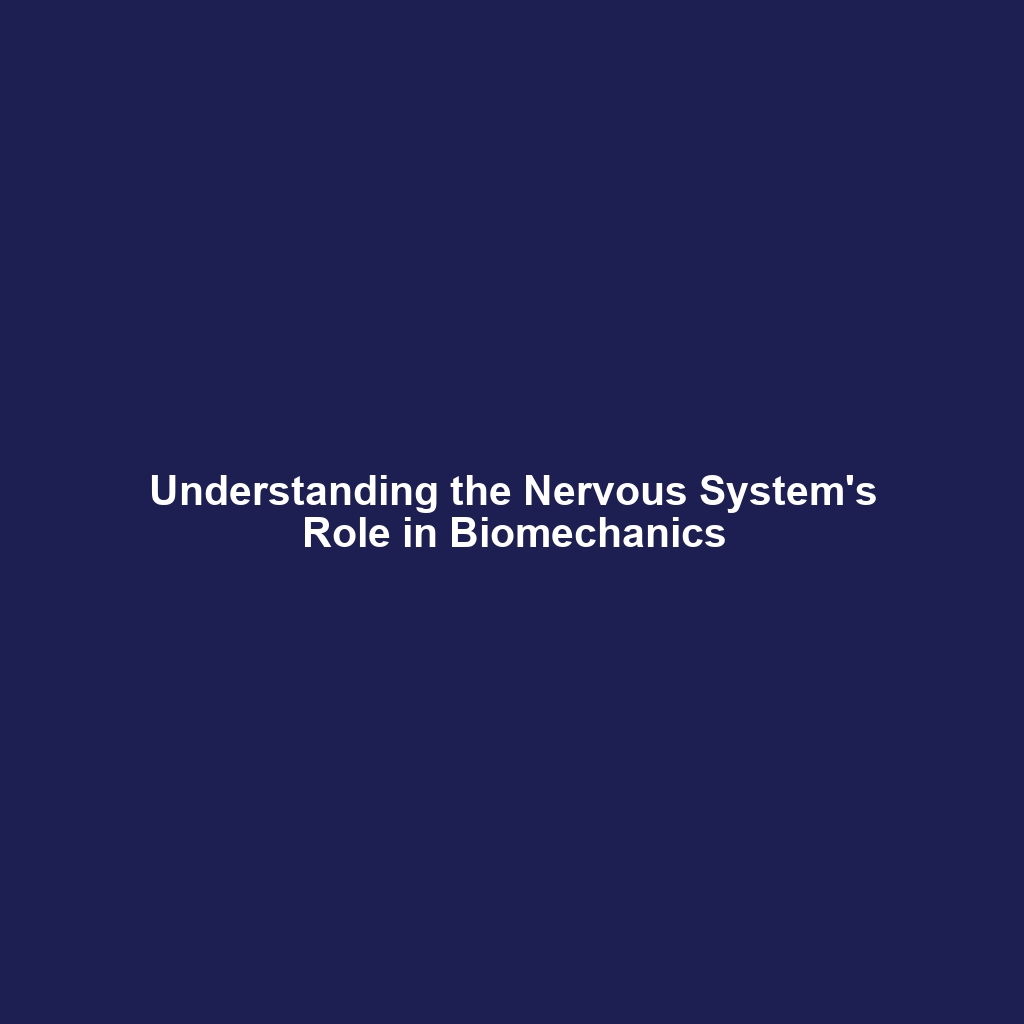Understanding the Black Hole Information Paradox
The Black Hole Information Paradox remains one of the most intriguing conflicts within modern theoretical physics, highlighting a profound tension between general relativity and quantum mechanics. As black holes continue to capture the imagination of scientists and enthusiasts alike, understanding the fate of information that crosses their event horizons becomes increasingly significant. This paradox challenges our understanding of the universe and calls into question the fundamental principles of both major theories. In this article, we will explore its implications within the broader context of black holes.
Key Concepts of the Black Hole Information Paradox
To comprehend the Black Hole Information Paradox, it’s crucial to discuss several key concepts:
- Event Horizon: The boundary surrounding a black hole beyond which nothing can escape.
- Quantum Mechanics: The branch of physics that deals with the behavior of matter and light on atomic and subatomic levels.
- General Relativity: Einstein’s theory describing gravity as a curvature of spacetime caused by mass.
- Information Preservation: The principle in quantum mechanics that information cannot be created or destroyed.
The information paradox arises because, according to general relativity, all information entering a black hole seems to vanish, contradicting quantum mechanics, which asserts that information must be preserved. This conflict fuels ongoing debates about the nature of black holes and the fundamental laws governing our universe.
Applications and Real-World Uses
Understanding the Black Hole Information Paradox has several intriguing real-world applications, including:
- Astrophysics Research: Insights gained from this paradox can aid in developing theories about the formation and evolution of black holes.
- Quantum Computing: Principles derived from the debates surrounding information in black holes can influence advancements in quantum computer technology.
- Gravitational Wave Detection: Enhanced understanding of black holes assists in interpreting data from gravitational wave observatories.
Thus, the implications of this paradox stretch beyond theoretical discussions, offering potential breakthroughs in multiple scientific domains.
Current Challenges in Studying the Paradox
There are several significant challenges that researchers face in studying the Black Hole Information Paradox:
- Theoretical Unification: Finding a coherent framework that unifies general relativity and quantum mechanics remains an elusive goal.
- Observable Evidence: Obtaining empirical evidence to support or refute various theories related to black holes is exceedingly difficult.
- Complex Theories: Current analytical frameworks can become overwhelmingly complex, complicating communication and understanding.
Future Research and Innovations
The pursuit of answers concerning the Black Hole Information Paradox is driving exciting research and innovations. Areas of focus include:
- String Theory: Many physicists are exploring string theory as a possible resolution to the paradox.
- Hawking Radiation: Investigating the nature of Hawking radiation might yield insights into the fate of information in black holes.
- Quantum Gravity Experiments: Future experiments aimed at understanding quantum gravity could provide the necessary breakthroughs.
These innovative efforts carry the potential to reshape our understanding of black holes and the fundamental laws of physics.
Conclusion
In summary, the Black Hole Information Paradox serves as a critical juncture between two of the most foundational theories in physics: general relativity and quantum mechanics. Its implications are profound, not only for theoretical physics but also for practical applications that may stem from its resolution. As researchers continue to explore this paradox, the insights gained could lead to transformative breakthroughs within the field of black holes.
For further reading on related topics, check out our articles on Quantum Mechanics and General Relativity.
This document is structured to deliver a comprehensive overview of the Black Hole Information Paradox while ensuring that it is SEO-optimized, informative, and accessible.

